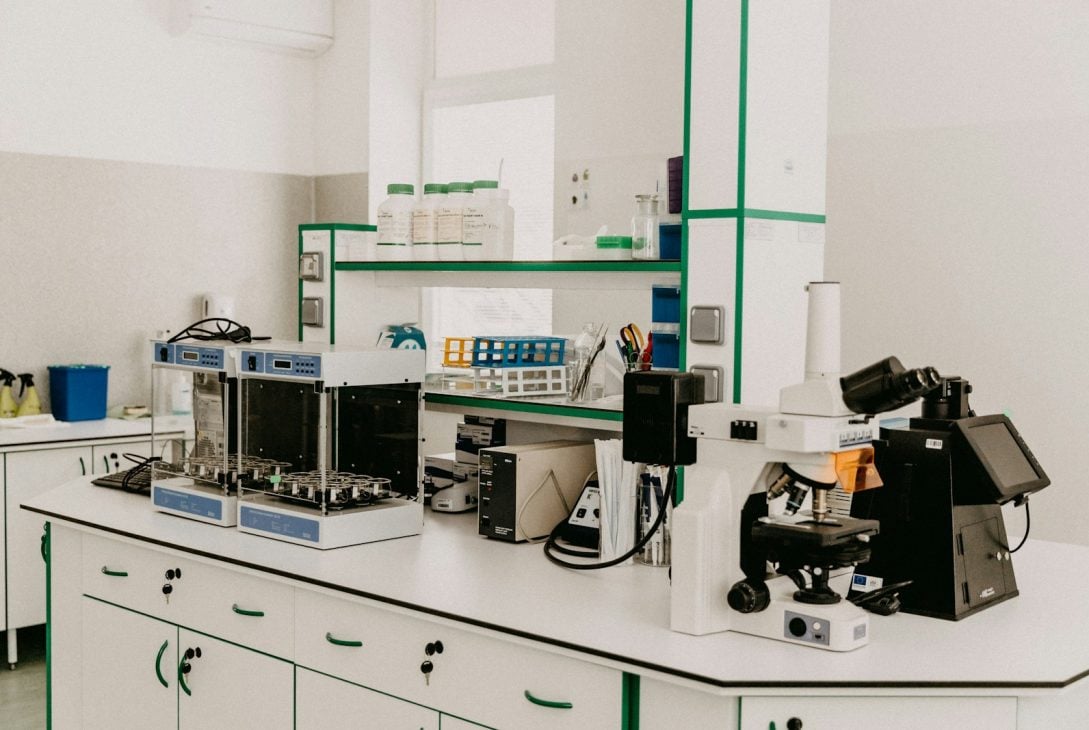Precision measurement keeps industries safe and efficient. When your tools measure accurately, you prevent errors, ensure compliance, and improve product quality across manufacturing, healthcare, and research. This guide covers the critical measurement instruments every facility needs.
1. Why Precision Measurement Matters
A few degrees of temperature error causes product failures. Incorrect weight measurements compromise pharmaceutical batches. Calibration drift violates regulatory requirements. These mistakes happen when measurement accuracy falls.
Food processing facilities need accurate thermometers. Laboratories require precise scales. Manufacturing plants need temperature control systems. Without reliable measurement systems, industries cannot operate safely.
Equipment drift introduces uncertainty into operations. Uncalibrated instruments produce unreliable data that cascades through your business. When operators lose confidence in results, productivity suffers and mistakes multiply.
2. Temperature Monitoring Basics
Most facilities monitor temperature across multiple locations to catch problems early. Real-time data prevents equipment damage before it costs thousands. Environmental control maintains product quality and safety standards consistently.
Roof heating cables prevent ice dam formation in cold climates. These systems protect outdoor measurement equipment from freezing. They maintain functionality during winter months when temperatures drop dangerously.
When instruments face temperature swings, they lose precision rapidly. Facilities implement thermal management strategies to keep conditions stable. Control systems work with measurement tools together, creating a unified approach to accuracy.
3. Understanding Calibration
Calibration compares your instruments against known standards to verify accuracy. This process ensures measurement reliability over time. Regular calibration keeps equipment trustworthy. Without it, data becomes unreliable and risky.
Calibration schedules depend on several critical factors:
- Instrument type and complexity
- Frequency of daily use
- Environmental conditions present
- Regulatory requirement mandates
Professional thermometer calibration services provide traceability to national standards. They create unbroken chains of measurement accuracy that auditors can verify. Documentation proves regulatory compliance when regulators inspect your facility.
Calibration facilities maintain strict environments to protect their reference standards. Temperature and humidity remain stable throughout the year. These conditions preserve standard accuracy over decades of continuous use.
4. Precision Scales in Practice
Pharmaceutical companies verify ingredient quantities precisely to ensure batch safety. Food manufacturers check product uniformity consistently across production runs. Research labs measure exact amounts for experiments where precision matters most.
Johnson Scales provide reliable weighing solutions across industries. These instruments range from micro-balances to platforms handling tons. Each type requires appropriate calibration procedures. Regular maintenance ensures consistent results over time.
Your application determines which scale works best. Laboratory scales prioritize sensitivity in controlled conditions where precision is critical. Industrial scales withstand harsh environments while maintaining acceptable accuracy. Both require regular calibration and environmental monitoring to function properly.
Vibration sources cause measurement errors that compound over time. Temperature changes impact internal components and sensor accuracy. Humidity levels affect some materials used in scale construction. Stable environments produce reliable measurements that you can trust.
5. Building Your Measurement System
Effective systems integrate multiple components rather than relying on isolated tools:
- Select instruments matching your specific needs
- Choose appropriate accuracy levels for applications
- Maintain stable environmental conditions always
- Establish documented calibration schedules
- Train staff on proper equipment use
- Keep detailed records for compliance
Over-specifying equipment costs money unnecessarily. Under-specifying produces unreliable data that causes bigger problems. Match precision to your actual operational needs for best results.
Environmental control protects measurement accuracy more than most people realize. Maintain stable temperature ranges continuously in measurement areas. Control humidity levels in sensitive spaces. Reduce vibration from nearby equipment. Protect instruments from extreme conditions that degrade performance.
Your calibration management system prevents costly errors from accumulating. Establish clear schedules for all instruments in your facility. Maintain written calibration records for regulatory inspections. Use external services for complex tools requiring expertise. Document everything for audits and compliance verification.
Staff training improves measurement reliability dramatically when done properly. Operators must use equipment correctly to get accurate results. They should recognize signs of malfunction early before data quality suffers. Proper technique significantly impacts results. Training reduces operator-caused errors substantially.
6. Industry Applications
Pharmaceutical manufacturers calibrate everything carefully due to strict regulations. Temperature control ensures product stability throughout storage. Scale accuracy verifies ingredient quantities for each batch. Environmental monitoring maintains safety standards.
Food processing facilities follow strict rules for temperature and weight measurements. Temperature sensors prevent contamination by catching problems early. Weighing scales ensure portion consistency across production. Pressure gauges monitor cooking processes and safety parameters.
Electronics manufacturers demand extreme precision in every measurement. Dimensional measurement tools check component sizes to specifications. Temperature chambers test equipment performance under stress. Electrical test equipment verifies functionality before shipment.
Hospital laboratories calibrate critical diagnostic equipment daily. Temperature monitoring ensures patient safety and sample integrity. Analytical instruments must produce accurate results or diagnoses fail. Regular calibration prevents medical errors that harm patients.
Research institutions maintain measurement standards because reproducibility matters. Experimental accuracy depends on precise tools working reliably. Calibration ensures reproducibility across different labs and time periods. Documentation supports scientific integrity when publishing results.
7. Choosing Calibration Services
Professional calibration offers clear advantages over in-house approaches:
- Reference standards trace to national authorities
- Specialized expertise for different instrument types
- Documented evidence satisfies compliance audits
- Eliminates expensive calibration equipment purchases
- Provides faster turnaround times consistently
Ask about their accreditations and certifications before hiring. Check their experience with your specific instrument types. Understand their traceability procedures completely. Verify calibration provider qualifications carefully.
Request detailed calibration certificates from any provider you consider. Verify they understand your regulatory requirements and industry standards. Confirm they track results over time to identify drift patterns. Ask about documentation and reporting practices.
Some services offer emergency calibration services for urgent situations. Others provide scheduled maintenance programs that fit your budget. Choose what fits your operational needs best. Compare turnaround times and costs among multiple providers.
8. Next Steps
Identify critical measurement points in your operations right now. Determine which measurements impact safety most. List all measurement instruments you own. Document current calibration procedures. Start with a measurement audit today.
Research your industry standards for calibration frequency. Create written calibration procedures your team can follow. Assign responsibility to specific staff members. Set up reminder systems for calibration dates. Establish calibration schedules immediately.
Stabilize temperature in measurement areas where it matters most. Reduce vibration from nearby equipment. Control humidity where sensitive instruments live. Protect instruments from extreme conditions that degrade accuracy. Invest in environmental controls.
Research local and national calibration providers in your area. Request references from similar industries they serve. Compare costs and turnaround times among several options. Select a provider matching your needs. Partner with reliable calibration services.
Teach proper equipment handling techniques to your team members. Explain why calibration matters to daily operations. Show how to recognize equipment problems before they cause failures. Document all training completed for compliance records. Train your team on measurement practices.
Conclusion
Precision measurement systems form your foundation for quality and safety. When your tools measure accurately, everything improves. Start implementing these practices today and watch your operations improve dramatically.
Audit your measurement systems now and identify gaps. Establish calibration schedules, partner with reliable services, and train your team. Your commitment to measurement excellence will separate you from competitors.












